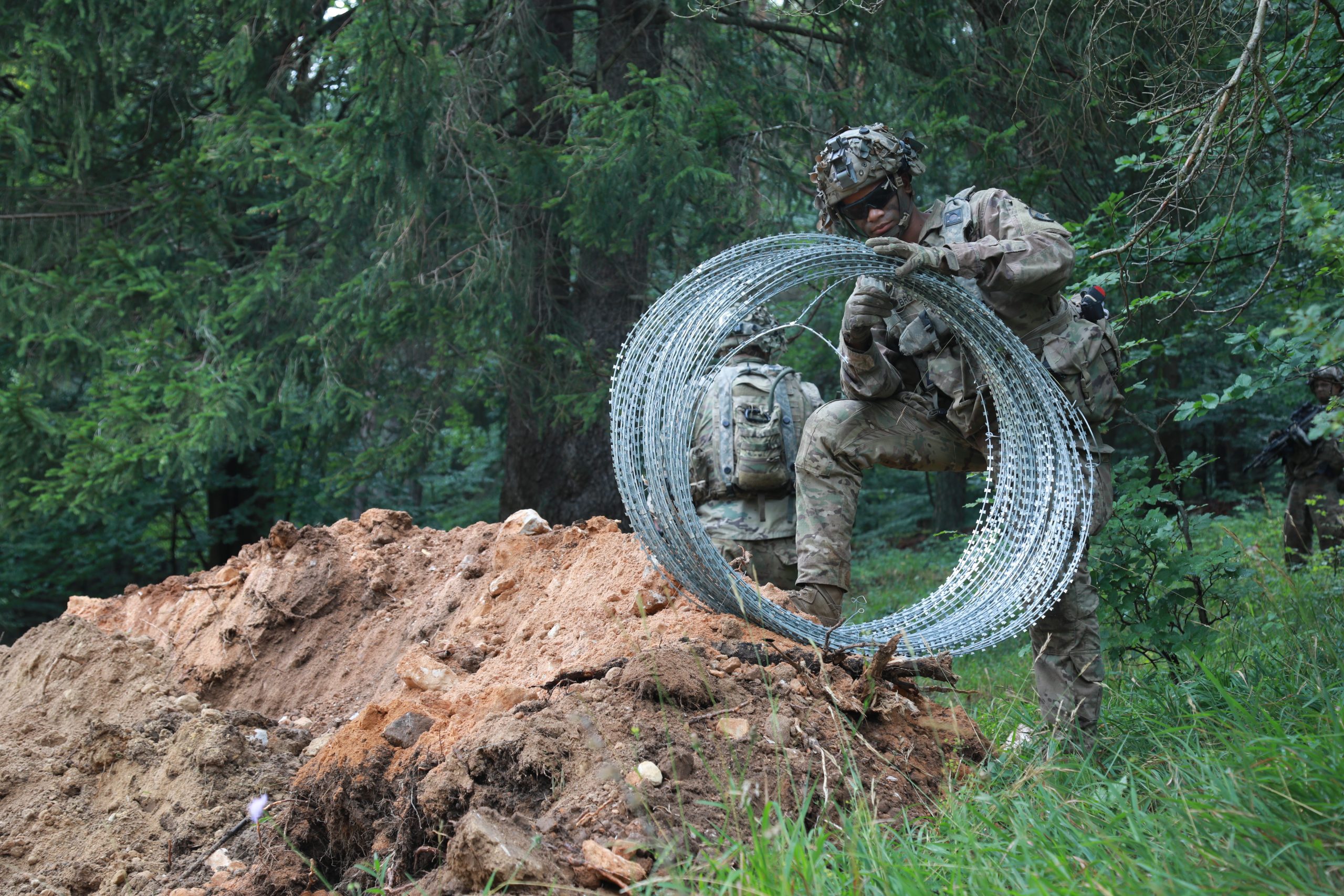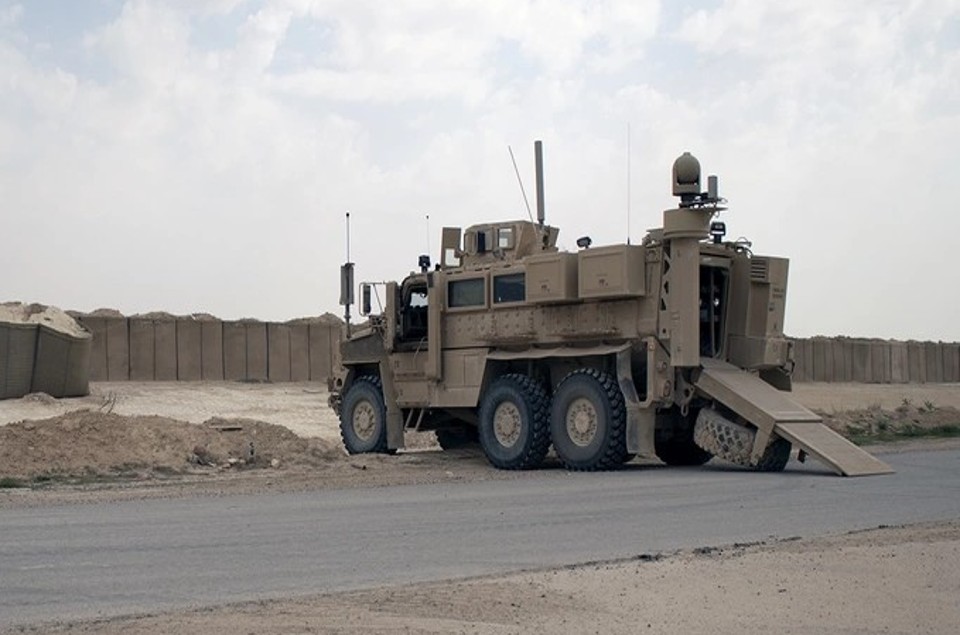Fighting as an Enabler Leader

Enablers provide capabilities to commanders that they either do not have on their own or do not have in sufficient quantity to complete their mission. Junior officers from many branches commonly join battalions and brigades with their platoons and companies to support maneuver units. For example, sapper platoons join light infantry battalions, and chemical companies join brigade combat teams for combat and operational missions. Often, the Combat Training Center (CTC) rotation marks the first time an enabling unit supports training missions. Those junior officers leading enabler units must learn that they cannot simply provide a menu of options for the commander. Maneuver commanders need junior leaders to make recommendations, provide supporting information by explaining capabilities, and proactively initiate movement.
Recently, at an Engineer Regiment panel, I heard an engineer Observer Controller/Trainer (OC/T) tell other junior engineer officers, “You need to understand your capabilities so you can provide the maneuver commander options. For example, say ‘I can build you 1600 meters of triple strand concertina wire if you can give me 20 hours and an Infantry Platoon for security. Or I can build you 17 hull defilade positions if you give me 22 hours.” I understood where that OC/T was going, but it was not enough because there was no recommendation. Rather, it was a list of possible options. Here is how you can approach your role as an enabler Platoon Leader.
Make a Recommendation
Junior officers who serve as enablers to maneuver commanders must go deeper. Simply providing a menu of options forces a commander to choose from an array of potential options. For comparison, think of a dinner menu at a restaurant. A good server will hand you the menu. But a great server will provide you with a recommendation. Soup and bread, because it’s raining, or seasonal fresh fruit sorbet, because they are in season. Similarly, a great enabler officer should analyze the environment, weigh the available options, and make an informed recommendation. Maneuver commanders need you to conduct analysis and make recommendations.
Using the OC/T’s comments from the Engineer Regiment panel, enabler leaders must analyze the possible options with the terrain and enemy capabilities. Suppose an Engineer Platoon Leader (PL) were supporting an Infantry Battalion at the Joint Readiness Training Center, and the PL needs to assess the Opposing Force’s (OPFOR) capability and the terrain. If the OPFOR has limited gap crossing capability and the local terrain severely restricts mounted maneuver off hardball roads, then the PL can make a recommendation.
Explain Capabilities
In addition to options, you want to be proactive in providing example capabilities and requirements. The recommendation could sound like this, “Based on the enemy’s lack of gap crossing capability and the severely restricted terrain for mounted maneuver off hardball roads, I recommend we build anti-vehicular ditches (AVD) for two reasons. First, the enemy only has enough gap crossing to span one AVD. Second, I can tie the AVD into the severely restricted terrain in the engagement area, presenting a fixed obstacle. I believe if we build two 300-meter-wide AVDs in this part of the engagement area, we can provide you 20 minutes to engage enemy vehicles before they can breach. I can build that if you give me 18 hours, a full 2,500-gallon fueler, and an Infantry Platoon for security.”
Those five sentences are what a commander needs. It not only provides the recommendation but also includes supporting information. This helps a commander best employ their assets. Given options (a menu), along with providing capabilities and requirements, would allow the maneuver commander to understand that, with the allotted time, fuel, and security, the engagement area can engage enemy vehicles for 20 minutes at the obstacle. Then the commander can accept, reject, or reorient the recommendation as needed.
Be Proactive
The enabler leader also must be proactive. Instead of asking a commander what they want, the enabler leader must assess the situation, visualize the terrain, understand the enemy, and understand their capabilities. Based on those assessments, the enabler leader can provide an informed recommendation and has already initiated the necessary actions. The fourth step of troop leading procedures—start movement—does not have to wait for the completed plan. Instead, enabler leaders can prepare their units to execute maneuver commander support tasks before being told what to do.
Recommendation Template
This is not a foolproof method. However, it does provide a framework to relay an informed recommendation. The speed at which we will engage an adversary in a large-scale combat operation requires rapid analysis. If needed, pre-format a loose template to have at least a starting point. Then adjust based on the commander and the situation.
Here is a template that could help frame the recommendation:
- Based on the enemy’s capability, their weakness(es) is/are:
- Based on the terrain, X favors us. Y favors them.
- Due to the enemy’s weakness(es) and the terrain, I recommend we:
- This is because 1)____ 2)____
- If you can provide me ___, I can do ___ in ___ (minutes/hours/days)
Maneuver commanders have a complex and demanding job of fighting their forces while simultaneously incorporating new assets at their disposal. As the leader of your enabler unit make recommendations, clearly explain your capabilities, and be proactive so that the maneuver commander can best employ your unit to enable mission success.
LTC Michael Carvelli commanded the 1-410 Brigade Engineer Battalion at Fort Knox, KY. He served as Sapper Platoon Leader in the 173rd Airborne Brigade Combat Team and a Company Commander in the 6th Engineer Battalion (Combat) (Airborne), both in Afghanistan during Operation Enduring Freedom.
Photo: U.S. Army Soldiers assigned to 2nd Battalion, 503rd Infantry Regiment lay concertina wire barriers during training exercise Saber Junction 20, at the Joint Multinational Readiness Center, Hohenfels, Germany, Aug. 14, 2020. (U.S. Army Photo by Cpl. Tomarius Roberts, courtesy of DVIDS)
Related Posts

Defeating the Drone – From JMRC’s “Skynet Platoon”
If you can be seen, you can be killed—and a $7 drone might be all it takes. JMRC’s Skynet Platoon discuss their TTPs to defeat the drone.

3 Deployments Before Captain: Reflections From Down Range
Deployments challenge junior officers beyond their primary duties, often demanding adaptability, wellness management, proactive leadership, and moral integrity maintenance.

Check the Box or Check Your Compass
MSG Albert Keever explains how ethical fading erodes integrity and offers tools for junior leaders to strengthen ethical decision-making.
